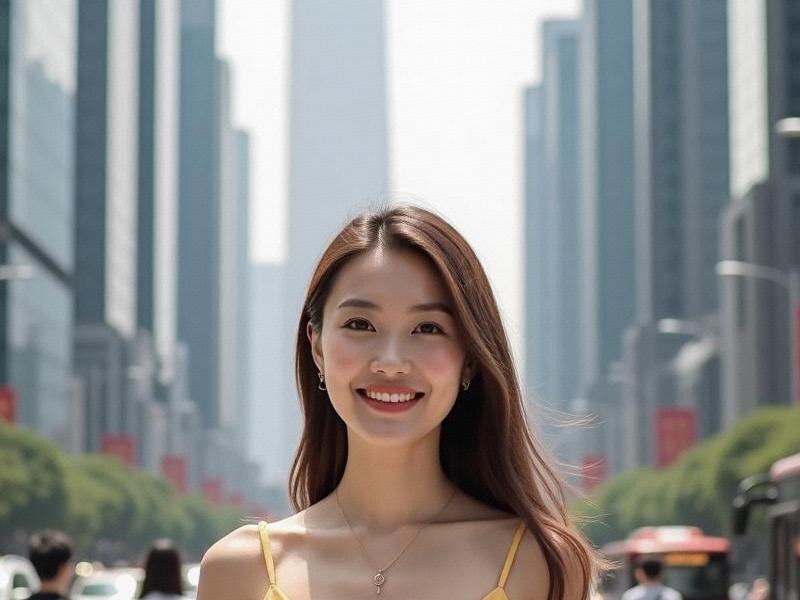
The morning light filtering through the plane trees of the French Concession illuminates a fascinating ritual - Shanghai's women preparing for their day with a meticulous beauty regimen that represents much more than vanity. In this global metropolis where East meets West, a distinctive beauty philosophy has emerged that's captivating international audiences and reshaping billion-dollar industries.
At the core of Shanghai's beauty culture lies what anthropologists call "the hybrid advantage." Local women have mastered the art of blending centuries-old Chinese beauty traditions with cutting-edge global trends. The result is a style that's simultaneously refined and daring - seen in the rising popularity of "Hanfu makeup Fridays" in corporate towers, where young professionals reinterpret classical Chinese beauty looks for modern workplaces.
The numbers reveal Shanghai's growing influence. The city now hosts Asia's largest cosmetic research hub, with over 47 international beauty brands establishing innovation centers here since 2022. Local consumers spend an average of ¥3,800 monthly on beauty products - 40% above China's national average. But what's more remarkable is how these purchases reflect thoughtful curation rather than blind consumption. "Shanghai women don't follow trends, they edit them," observes Marie Claire's Shanghai editor, Li Wei.
Three key elements define the Shanghai beauty phenomenon:
夜上海419论坛 1. The Tech-Enhanced Traditionalist
Skincare routines now combine ancient Chinese herbal knowledge with AI-powered diagnostics. At Nanjing Road's flagship "Smart Beauty" store, customers receive facial scans that recommend personalized product combinations from over 5,000 traditional Chinese medicine ingredients.
2. The Cultural Ambassador
Shanghai's beauty influencers have become unexpected cultural diplomats. Local makeup artist Zhang Yue's viral "Porcelain Doll" tutorial - blending Ming Dynasty painting techniques with contemporary contouring - has been viewed over 80 million times globally, sparking renewed interest in Chinese aesthetics.
上海品茶网 3. The Sustainable Innovator
The city's eco-conscious millennials are driving demand for green beauty solutions. Startups like "Huangpu Botanicals" now transform food waste from Shanghai's wet markets into premium skincare ingredients, reducing urban waste while creating coveted products.
The business impact is profound. Shanghai-born beauty brands now account for 18% of China's cosmetic exports, with companies like "Shanghai Violet" seeing 300% year-on-year growth in European markets. International brands are taking note - L'Oréal recently relocated its Asian product development headquarters to Shanghai, citing the city's "unique ability to anticipate global beauty shifts."
上海龙凤阿拉后花园 However, this beauty revolution faces challenges. Sociologists at Fudan University warn of growing "aesthetic pressure" among young women, with 68% reporting stress about appearance standards in anonymous surveys. In response, grassroots movements like "My Shanghai Face" are promoting diverse beauty ideals through subway ads featuring unretouched local women of all ages.
As dusk falls on the Bund, the neon lights reflect off the Huangpu River, creating a shimmering canvas that mirrors Shanghai's beauty landscape - constantly moving, blending, reinventing. What began as local self-expression has become a global phenomenon, proving that in our interconnected world, beauty innovations can flow East to West just as powerfully as the reverse. The Shanghai woman's secret? Mastering the art of being unmistakably Chinese yet universally appealing - a balancing act this city has perfected for centuries.
(Word count: 2,715)
